Search for lenses, articles and help
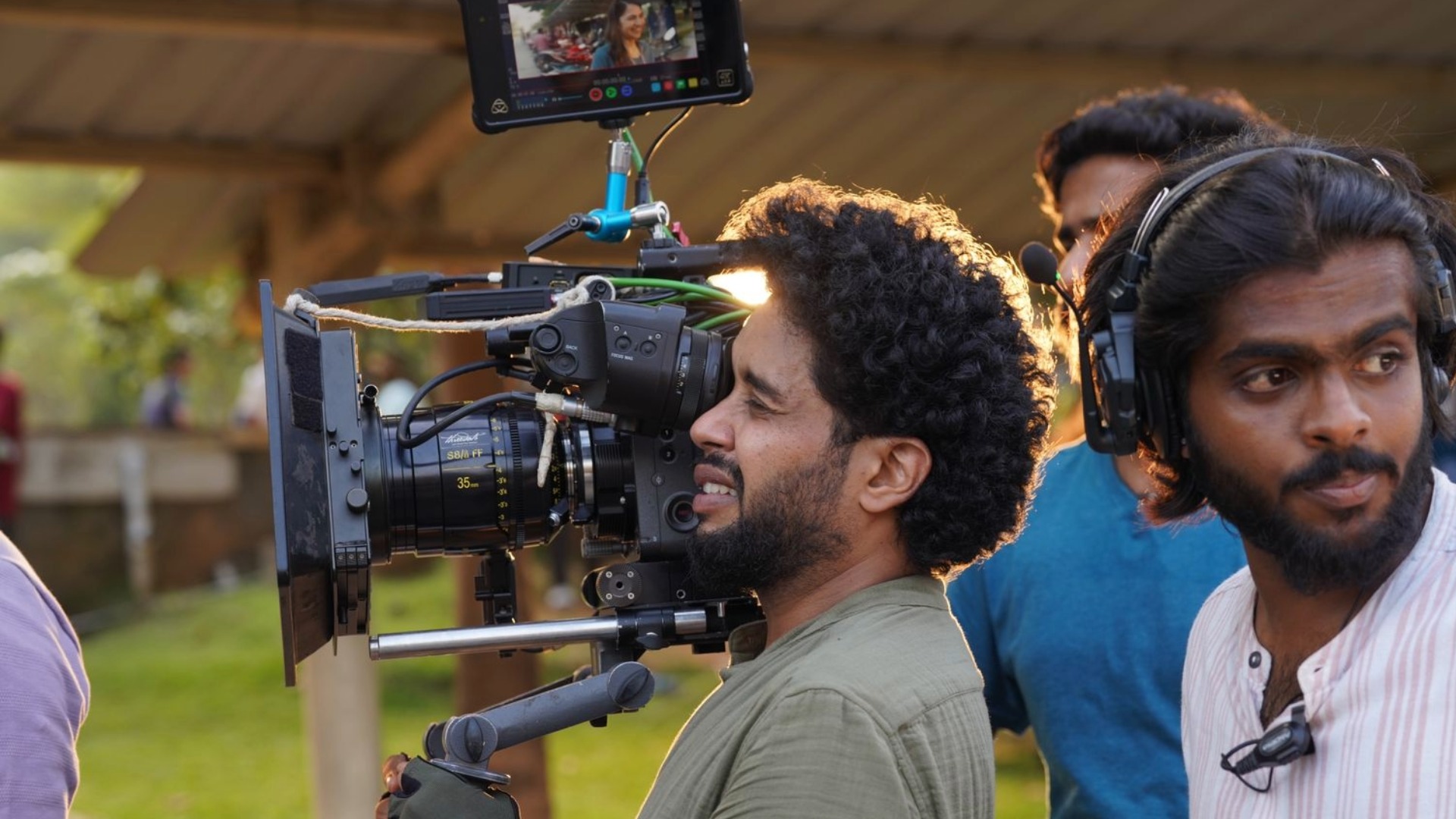
Sudeep Elamon is a SIMMA Award-winning cinematographer whose body of work is marked by its striking diversity — seamlessly shifting between non-fiction and fiction, intimate human stories and large-scale action.
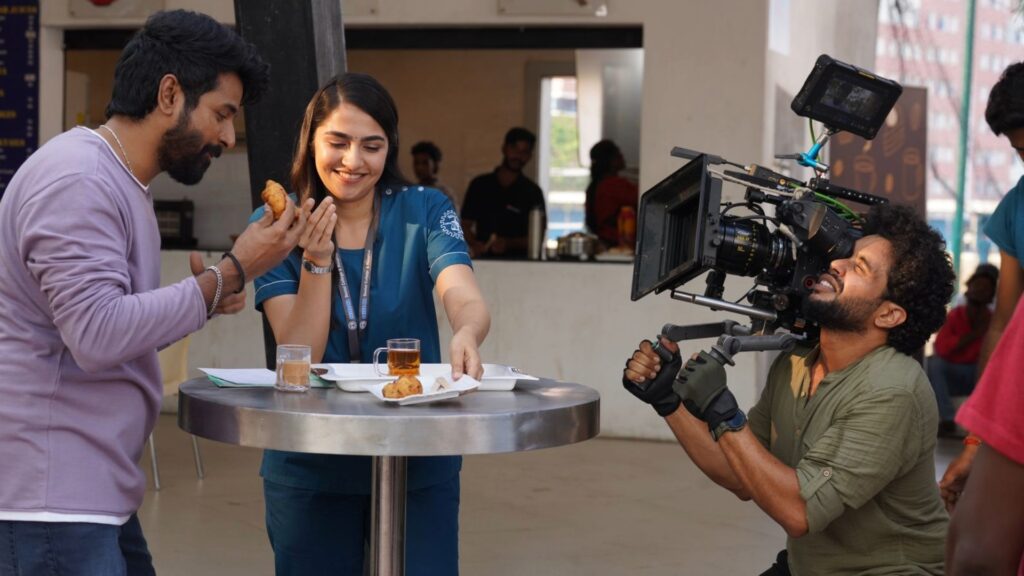
Deeply connected to nature, Sudeep has made Himachal Pradesh his home, where his adventurous spirit as a trekker and sports enthusiast continues to inspire his visual storytelling.
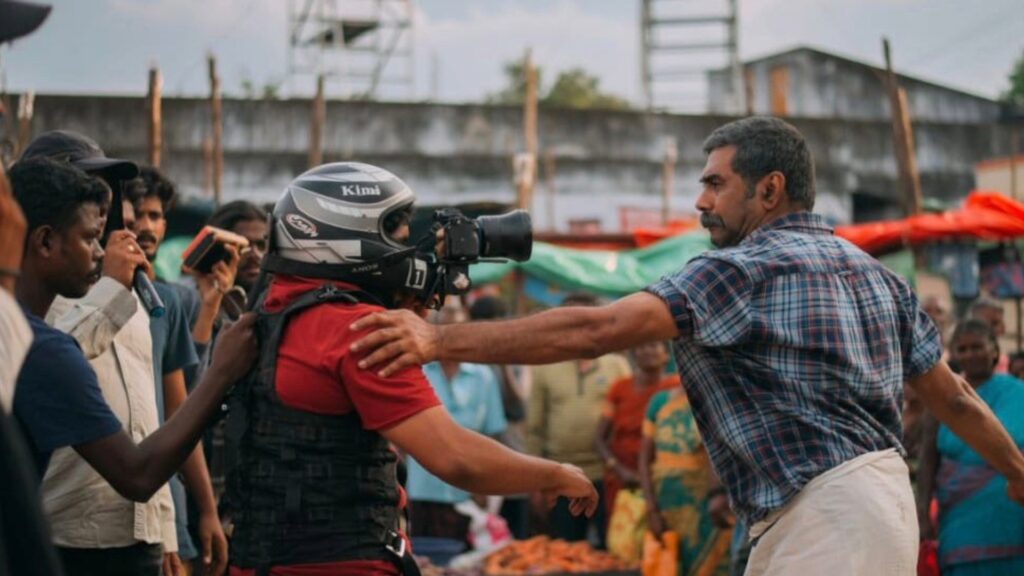
Born into a family immersed in the visual medium — his father, Suresh Elamon, is a noted wildlife filmmaker — Sudeep’s early exposure to filmmaking naturally drew him to pursue visual communication. He cites Nayagan as the film that first pushed him towards exploring narrative cinematography with depth and purpose.
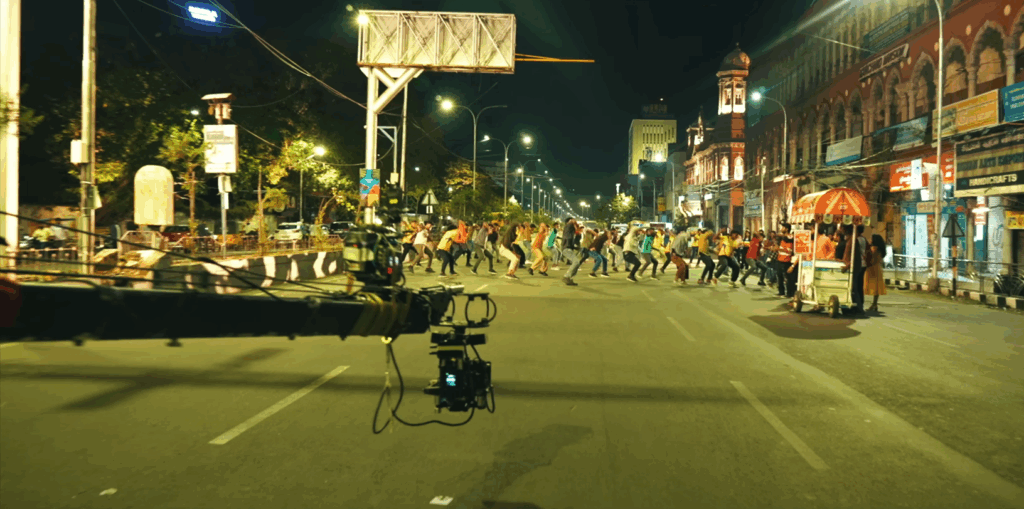
His debut feature Sleepless, a crowdfunded project that premiered at IFFK, marked the beginning of a career defined by bold visual exploration. For Sudeep, geography is never just a backdrop — it’s an active part of the story. From Ayyappanum Koshiyum to his latest project Madharasi, the landscape, the journey, and the spaces characters inhabit are integral to his storytelling.
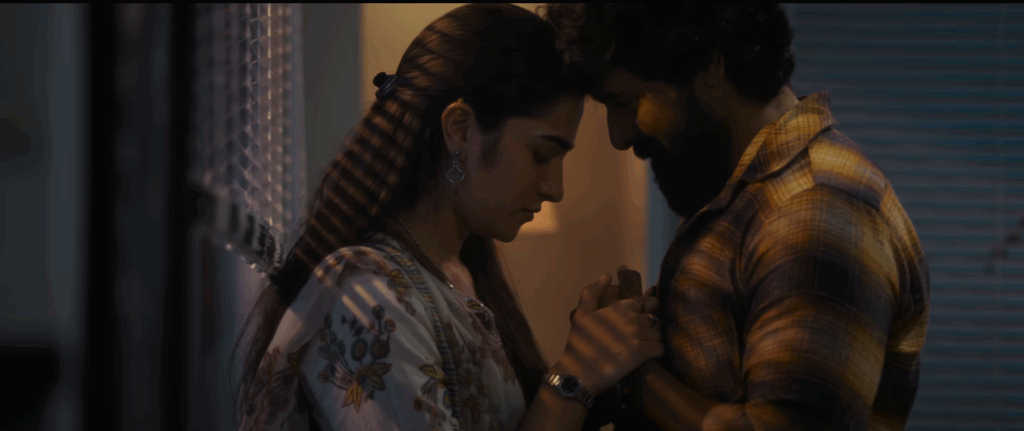
“Each film I take up is an opportunity to explore the geography of the story. In Ayyappanum Koshiyum, the travel and terrain shaped the characters’ emotional arcs — that intoxication of movement became central to how the narrative unfolded. For me, the landscape is never passive; it builds an invisible connection with the audience.
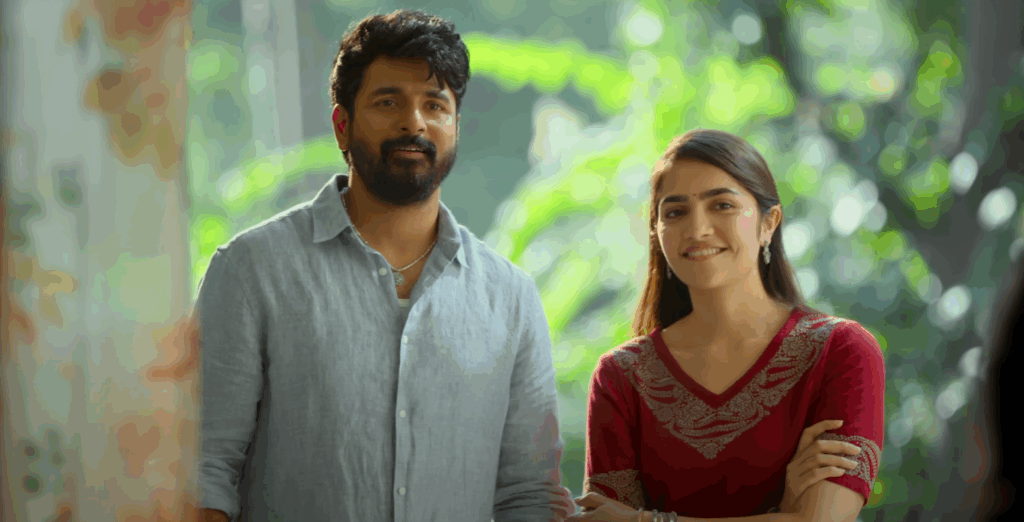
I knew I wanted the film to feel as real as possible. It’s a high-octane action drama that unfolds almost entirely over 4 to 5 days — mostly during the night and we shot for 130 days without building a single set.
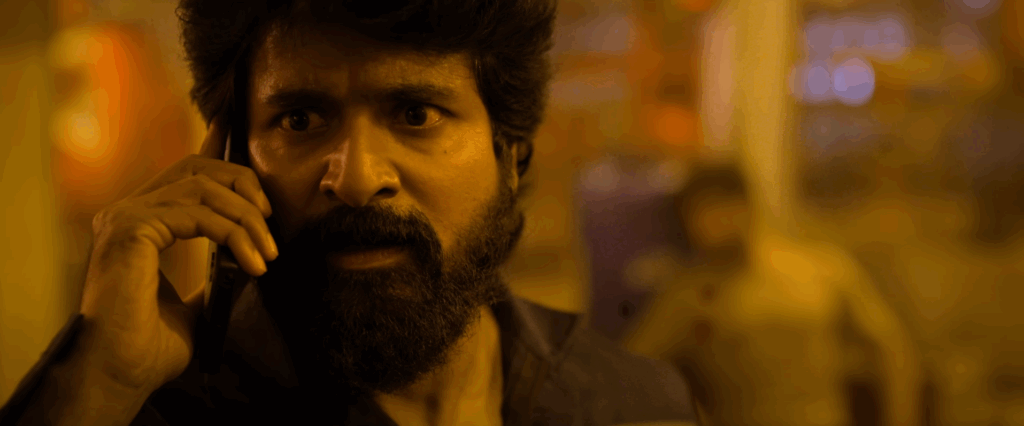
The rush-hour chaos, the kinetic energy of the streets, all had to be captured without resorting to gimmicks, especially because the protagonist’s mental trauma is at the heart of the story.
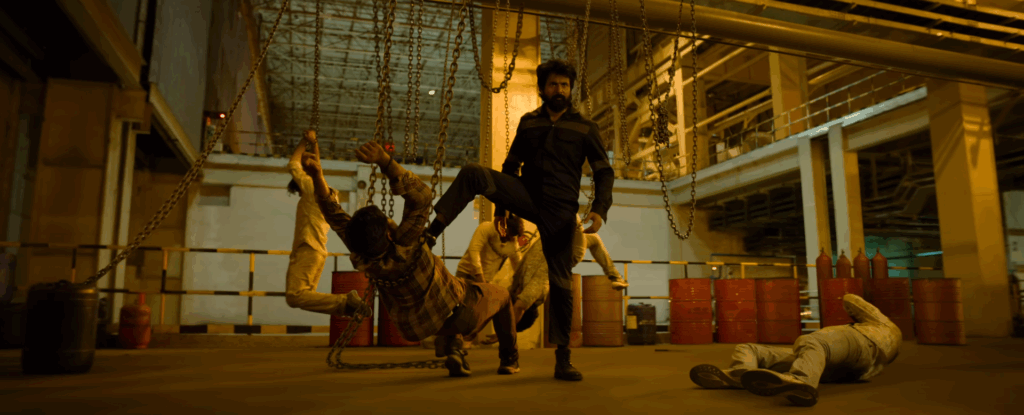
Even the big action sequences were designed to be grounded. We avoided CG explosions — that massive truck blast was a real fireball we staged at an actual toll gate. The authenticity of those moments matters to me because they deepen the emotional impact.
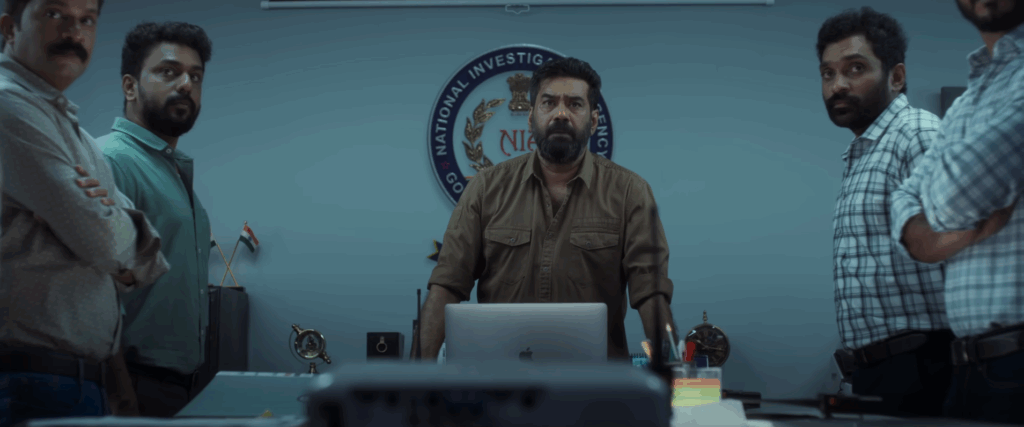
Compositionally, I approached the film with a sense of concealment — the framing often reflects the protagonist’s disturbed psyche. The antagonist, too, carries a layered backstory, and I wanted the visuals to reflect that hidden tension.
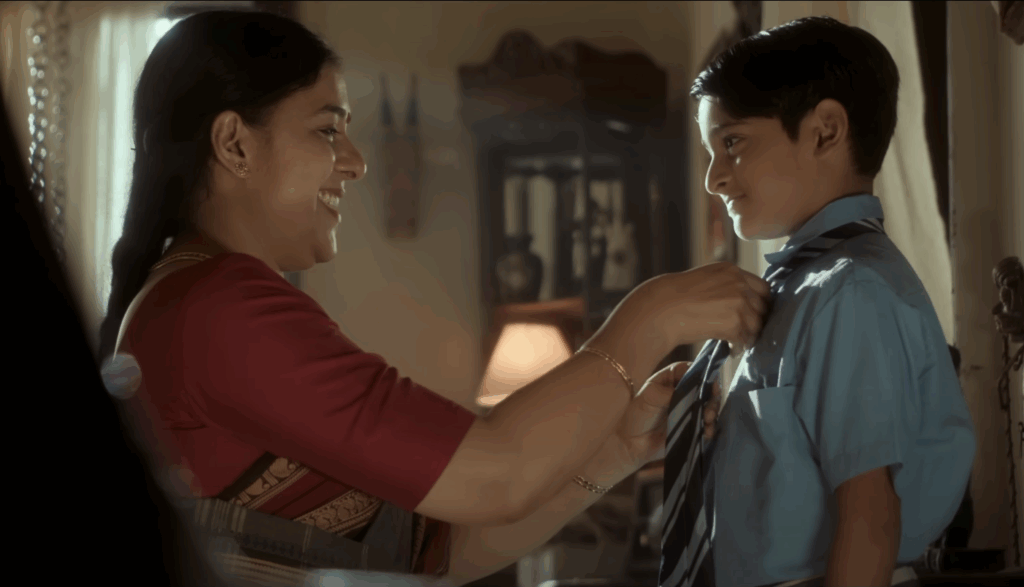
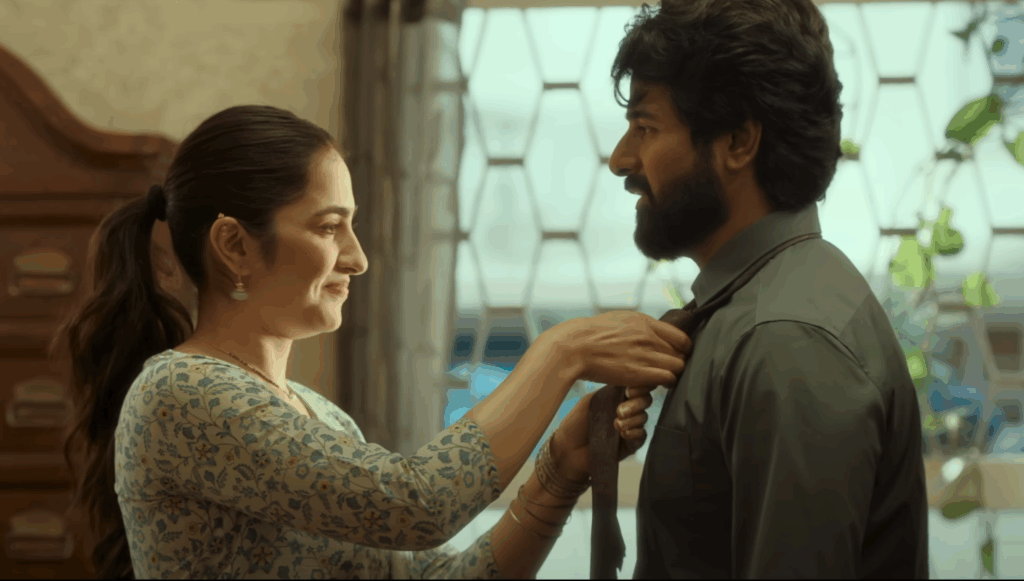
Madharasi spans five to six locations and follows a non-linear structure, so visual consistency was key.
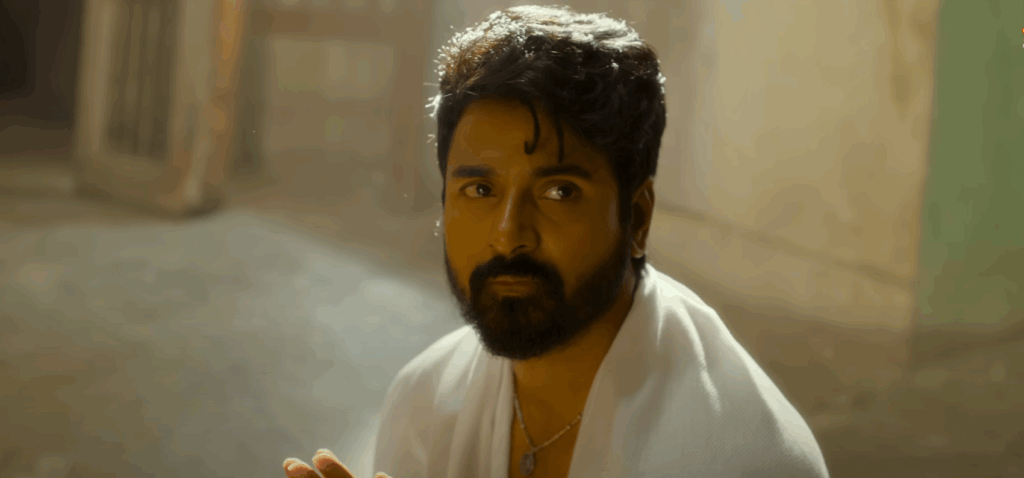
This was my first time using Cooke optics, and the S8/i lenses delivered the clean, consistent imagery I needed, with minimal flares. But when I wanted to introduce flares to support a more handheld, visceral language, the SP3 lenses became an excellent choice.
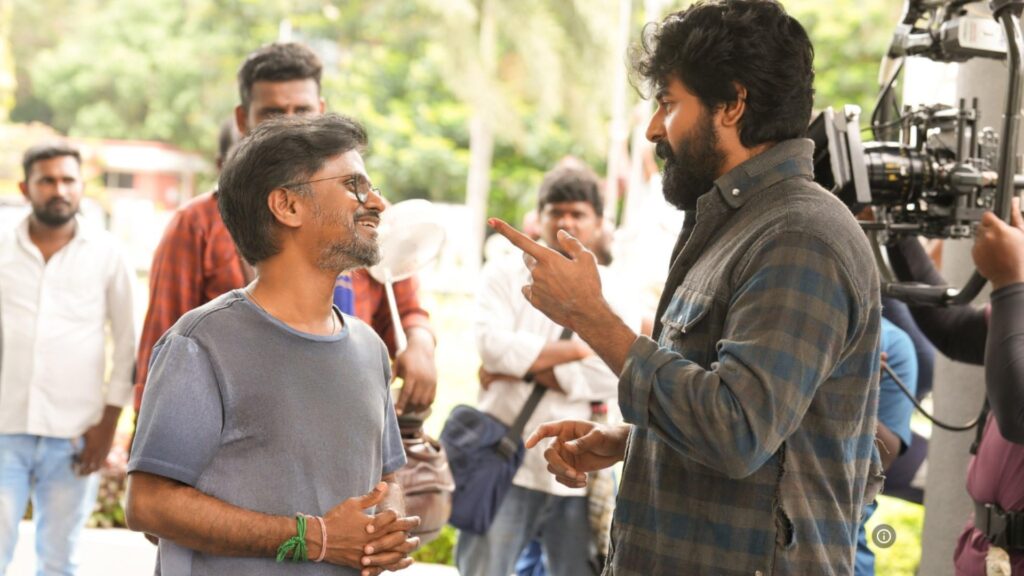
I’m grateful to director A.R. Murugadoss, who was always open to visual ideas that served the narrative. That creative freedom allowed me to shape the film’s world organically.”